Home>Home Appliances>Cleaning Appliances>How To Clean Vacuum Cleaner Filter
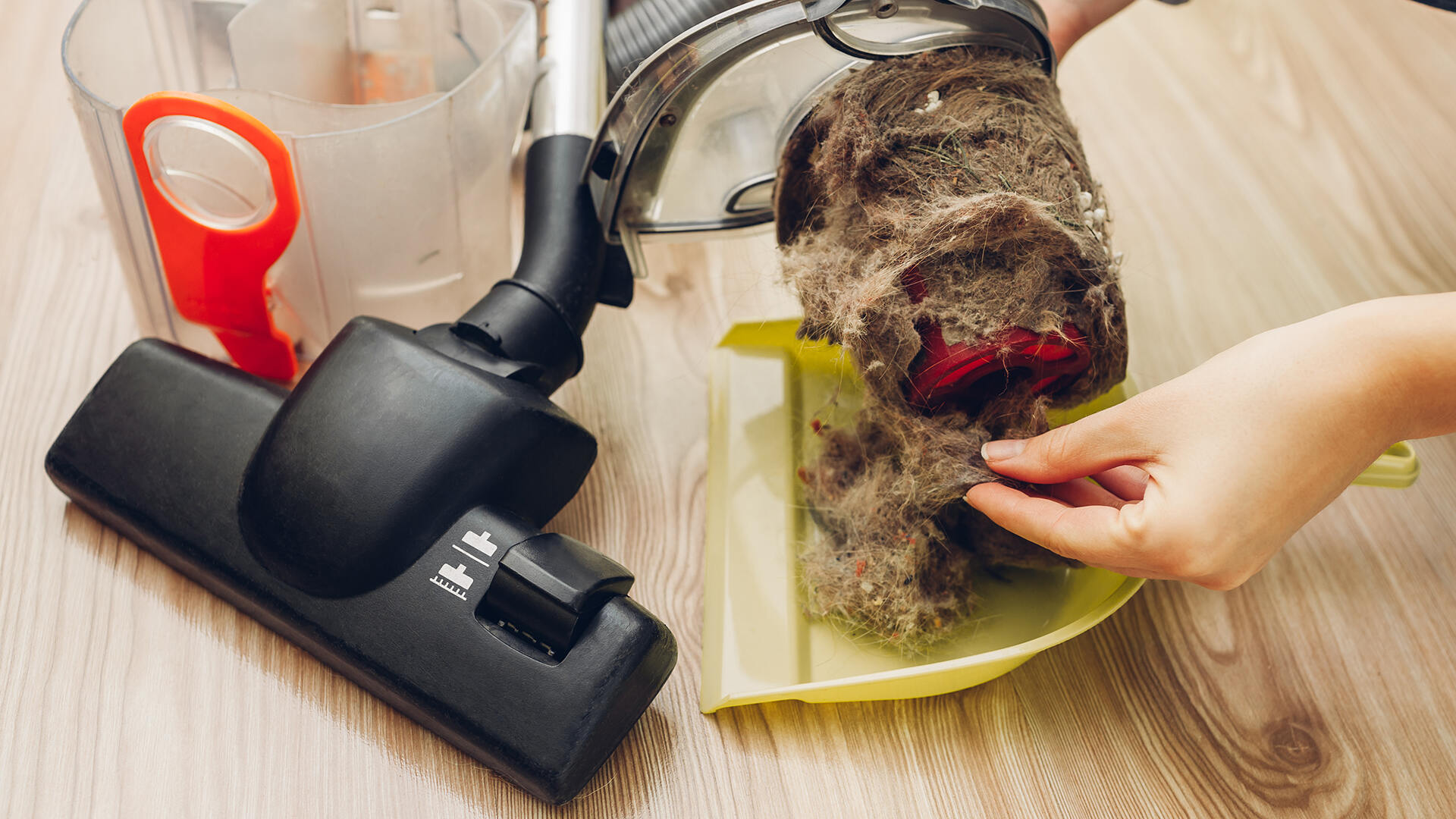

Cleaning Appliances
How To Clean Vacuum Cleaner Filter
Modified: January 9, 2024
Learn the best way to clean your vacuum cleaner filter for optimal performance. Follow these simple steps to maintain your cleaning appliances.
(Many of the links in this article redirect to a specific reviewed product. Your purchase of these products through affiliate links helps to generate commission for Storables.com, at no extra cost. Learn more)
Introduction
Welcome to the ultimate guide on how to clean your vacuum cleaner filter! Your vacuum cleaner is an indispensable tool for keeping your home clean and free of dust, dirt, and allergens. However, to ensure that it continues to operate at its optimal performance, it's crucial to pay attention to the maintenance of its filter. In this comprehensive guide, we will delve into the importance of cleaning your vacuum cleaner filter, explore the different types of filters available, and provide you with practical steps and maintenance tips to keep your vacuum cleaner filter in top condition.
As we embark on this journey, you'll discover that maintaining your vacuum cleaner filter is not only essential for the longevity of your appliance but also for the overall cleanliness and air quality of your home. So, let's dive in and equip ourselves with the knowledge and skills to ensure that our vacuum cleaner filter remains an effective ally in our battle against dust and dirt!
Key Takeaways:
- Regularly cleaning your vacuum cleaner filter is essential for maintaining its performance and preventing allergens from circulating in your home, contributing to a healthier living environment.
- Understanding the different types of vacuum cleaner filters and following proper maintenance tips can help optimize your appliance’s efficiency and prolong its lifespan, ensuring a cleaner home for you and your family.
Read more: How To Clean The Vacuum Cleaner
Importance of Cleaning Vacuum Cleaner Filter
Regularly cleaning your vacuum cleaner filter is crucial for several reasons. First and foremost, a clean filter ensures that your vacuum cleaner operates at its peak performance. When the filter is clogged with dirt and debris, the suction power of the vacuum is significantly reduced, making it less effective in picking up dust and dirt from your floors and surfaces. By cleaning the filter, you can restore the vacuum cleaner’s suction power, allowing it to efficiently remove dirt and allergens from your home.
Furthermore, a clean vacuum cleaner filter plays a vital role in maintaining good indoor air quality. As the filter captures dust, pet dander, and other airborne particles, it prevents them from being released back into the air as you vacuum. This is especially important for individuals with allergies or respiratory conditions, as a clogged filter can lead to the circulation of airborne allergens, exacerbating allergy symptoms and affecting overall air quality within the home.
Another compelling reason to prioritize filter maintenance is the impact it has on the longevity of your vacuum cleaner. A clean filter reduces the strain on the motor and other internal components, prolonging the life of the appliance and minimizing the need for costly repairs or replacements. By incorporating regular filter cleaning into your vacuum cleaner maintenance routine, you can extend the lifespan of your appliance and maximize its efficiency.
Moreover, neglecting to clean the vacuum cleaner filter can lead to overheating of the motor, potentially causing damage and compromising the safety of the appliance. By maintaining a clean filter, you can prevent overheating and ensure that your vacuum cleaner operates safely and effectively.
Ultimately, the importance of cleaning your vacuum cleaner filter cannot be overstated. Not only does it optimize the performance and lifespan of your appliance, but it also contributes to a healthier and cleaner indoor environment for you and your family.
Types of Vacuum Cleaner Filters
When it comes to vacuum cleaner filters, there are several types available, each designed to capture different sizes of particles and address specific cleaning needs. Understanding the various filter options will help you make informed decisions when maintaining and replacing filters for your vacuum cleaner.
- HEPA Filters: High-Efficiency Particulate Air (HEPA) filters are renowned for their exceptional ability to capture fine particles, including allergens, dust mites, and pet dander. These filters are highly effective in improving indoor air quality and are recommended for individuals with allergies or asthma. HEPA filters are known for trapping 99.97% of particles as small as 0.3 microns, making them a popular choice for those seeking cleaner and healthier air.
- Pre-Motor Filters: Positioned before the vacuum’s motor, pre-motor filters are designed to protect the motor from debris and dust. These filters prevent larger particles from reaching the motor, thereby reducing the risk of damage and ensuring the efficient operation of the vacuum cleaner.
- Post-Motor Filters: Located after the motor, post-motor filters capture fine particles and ensure that the air expelled by the vacuum cleaner is clean and free of contaminants. These filters play a crucial role in maintaining indoor air quality and preventing allergens from being reintroduced into the environment.
- Foam Filters: Foam filters are washable and reusable, making them a cost-effective and eco-friendly option. These filters are effective in capturing larger particles and can be easily cleaned by rinsing with water and allowing them to dry thoroughly before reinserting them into the vacuum cleaner.
- Carbon Filters: Carbon filters are designed to neutralize odors and absorb gases, making them ideal for eliminating pet odors, cooking smells, and other unpleasant odors from the air as you vacuum. These filters are beneficial for maintaining a fresh and clean environment in your home.
By understanding the characteristics and functions of different vacuum cleaner filters, you can select the most suitable filter for your specific cleaning requirements and ensure that your vacuum cleaner effectively captures particles while maintaining optimal performance.
To clean a vacuum cleaner filter, remove the filter from the vacuum and tap it gently to remove loose dirt. Then, wash the filter with soap and water, making sure to let it dry completely before putting it back in the vacuum.
Steps to Clean Vacuum Cleaner Filter
Cleaning your vacuum cleaner filter is a straightforward process that, when done regularly, can significantly enhance the performance and longevity of your appliance. Here are the essential steps to effectively clean your vacuum cleaner filter:
- Refer to the Manufacturer’s Instructions: Before proceeding with the cleaning process, it’s important to consult the user manual or manufacturer’s guidelines specific to your vacuum cleaner model. This will provide you with valuable insights into the type of filter your vacuum cleaner uses and the recommended cleaning methods.
- Turn Off and Unplug the Vacuum Cleaner: Prior to handling the filter, ensure that the vacuum cleaner is turned off and unplugged from the power source to prevent any accidents or damage.
- Remove the Filter: Depending on the design of your vacuum cleaner, the filter may be located in different areas, such as the dust canister, the front or back of the vacuum, or underneath a cover. Carefully remove the filter from its housing, following the instructions provided in the user manual.
- Shake Off Loose Debris: Gently tap the filter against a trash bin or surface to dislodge any loose dirt and debris. This initial step helps eliminate the surface-level particles before proceeding to more thorough cleaning.
- Wash or Replace the Filter: Depending on the type of filter, you can either wash it with water and mild detergent or replace it with a new one, as recommended by the manufacturer. For washable filters, gently rinse them under running water, taking care not to use hot water, which can damage certain filter materials. Use a mild detergent to remove stubborn dirt and stains, and thoroughly rinse the filter until the water runs clear. Allow the filter to air dry completely before reinserting it into the vacuum cleaner.
- Inspect Other Components: While the filter is removed, take the opportunity to inspect other components of the vacuum cleaner, such as the dust canister or dirt bag, for any accumulated debris. Empty or replace the canister/bag as needed to ensure optimal vacuum performance.
- Reinstall the Filter: Once the filter is completely dry, carefully reinsert it into the vacuum cleaner according to the manufacturer’s instructions. Ensure that the filter is securely in place to prevent air leaks during operation.
- Test the Vacuum Cleaner: After cleaning and reinstalling the filter, plug in the vacuum cleaner and conduct a brief test to ensure that it is operating smoothly and efficiently. Observe the suction power and airflow to confirm that the filter is functioning effectively.
By following these steps and incorporating regular filter maintenance into your vacuum cleaning routine, you can optimize the performance of your appliance and maintain a cleaner and healthier home environment.
Maintenance Tips for Vacuum Cleaner Filter
Proper maintenance of your vacuum cleaner filter is essential for preserving its effectiveness and prolonging the lifespan of your appliance. Here are some valuable tips to help you maintain your vacuum cleaner filter in optimal condition:
- Regular Cleaning Schedule: Establish a routine for cleaning your vacuum cleaner filter based on the manufacturer’s recommendations and the frequency of use. For heavily used vacuums or homes with pets, more frequent cleaning may be necessary to prevent clogging and maintain suction power.
- Monitor Suction Power: Pay attention to the suction power of your vacuum cleaner. If you notice a significant decrease in suction, it may indicate that the filter is clogged and requires cleaning. Regularly checking the suction power can help you identify when the filter needs attention.
- Use Genuine Replacement Filters: When it’s time to replace the filter, ensure that you use genuine replacement filters recommended by the manufacturer. Using authentic filters will guarantee compatibility and optimal performance, contributing to the efficiency of your vacuum cleaner.
- Preventive Maintenance: In addition to cleaning the filter, conduct regular maintenance on other components of the vacuum cleaner, such as emptying the dust canister or replacing the dirt bag, to prevent debris buildup and maintain overall functionality.
- Protect Filters from Moisture: Avoid exposing the filter to moisture or damp environments, as this can lead to mold or mildew growth, compromising the filter’s effectiveness. Always ensure that the filter is completely dry before reinserting it into the vacuum cleaner.
- Inspect Seals and Gaskets: Periodically inspect the seals and gaskets surrounding the filter to ensure that they are intact and free from damage. Proper seals are essential for maintaining optimal airflow and preventing debris from bypassing the filter.
- Avoid Overfilling the Dust Canister: To prevent excessive debris from reaching the filter, empty the dust canister or replace the dirt bag before it reaches full capacity. Overfilling can lead to debris bypassing the filter and accumulating in the motor or other internal components.
- Store Vacuum Properly: When not in use, store your vacuum cleaner in a clean and dry location to prevent dust and dirt from settling on the filter and other parts of the appliance. Proper storage can help maintain the cleanliness and functionality of the filter.
By incorporating these maintenance tips into your vacuum cleaner care routine, you can ensure that the filter remains clean, efficient, and capable of delivering optimal performance, contributing to a cleaner and healthier home environment.
Read more: What Is A HEPA Filter In A Vacuum Cleaner
Conclusion
Cleaning your vacuum cleaner filter is a fundamental aspect of maintaining the efficiency and longevity of your appliance, while also promoting a healthier indoor environment for you and your family. By understanding the importance of filter maintenance, familiarizing yourself with the different types of filters available, and following the recommended steps for cleaning and maintenance, you can ensure that your vacuum cleaner operates at its peak performance and contributes to cleaner air and surfaces in your home.
Regularly cleaning and maintaining the filter not only optimizes the suction power of the vacuum cleaner but also prevents the circulation of airborne allergens and maintains good indoor air quality. Additionally, adhering to a consistent maintenance schedule and following the manufacturer’s guidelines for filter care can help prevent premature wear and tear on the appliance, ultimately extending its lifespan and reducing the need for repairs or replacements.
As you embark on your journey to keep your vacuum cleaner filter in top condition, remember to prioritize preventive maintenance, use genuine replacement filters, and be attentive to changes in suction power as indicators for filter cleaning. By implementing these practices, you can ensure that your vacuum cleaner remains a reliable and effective tool for keeping your home clean and free of dust and allergens.
In conclusion, the effort invested in maintaining your vacuum cleaner filter yields numerous benefits, from improved cleaning performance to enhanced indoor air quality, ultimately contributing to a healthier and more comfortable living environment. By embracing the importance of filter maintenance and integrating these practices into your cleaning routine, you can enjoy the full potential of your vacuum cleaner while creating a cleaner and more inviting home for you and your loved ones.
Frequently Asked Questions about How To Clean Vacuum Cleaner Filter
Was this page helpful?
At Storables.com, we guarantee accurate and reliable information. Our content, validated by Expert Board Contributors, is crafted following stringent Editorial Policies. We're committed to providing you with well-researched, expert-backed insights for all your informational needs.
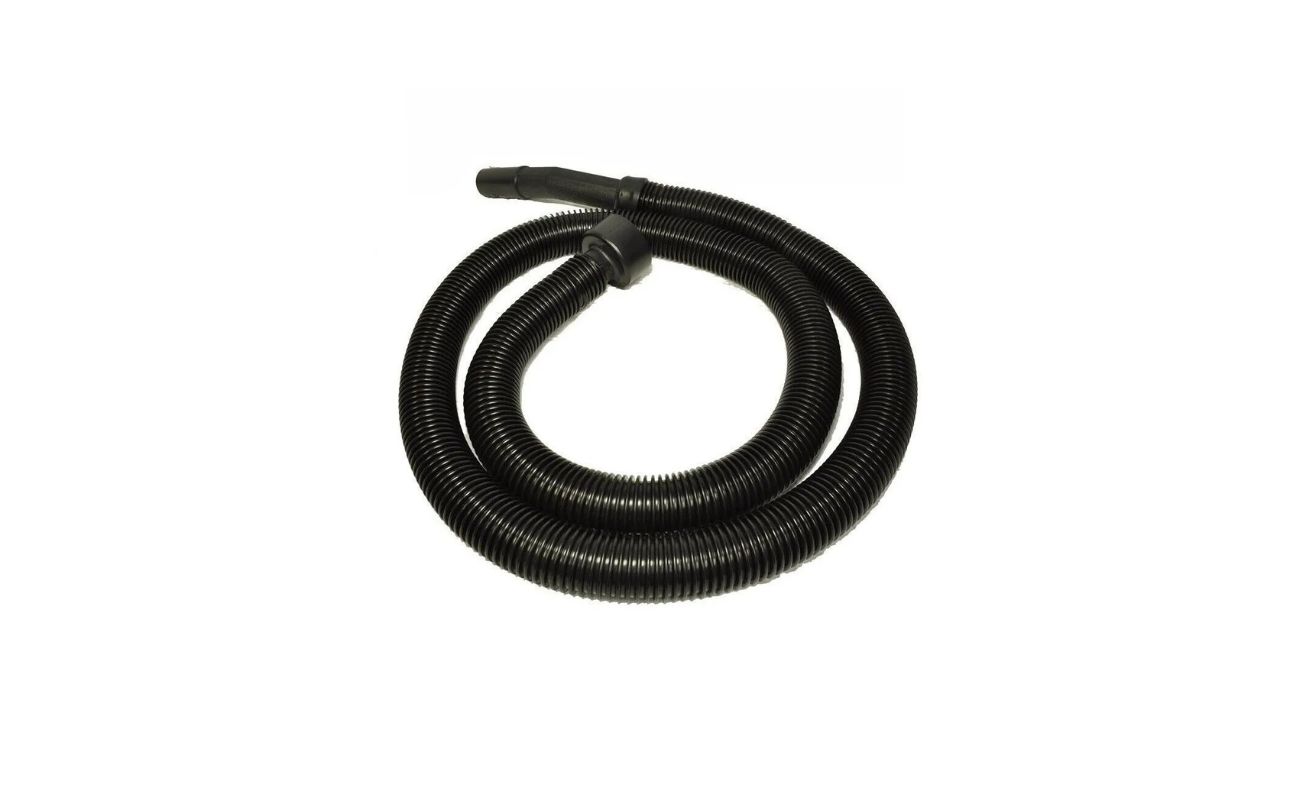
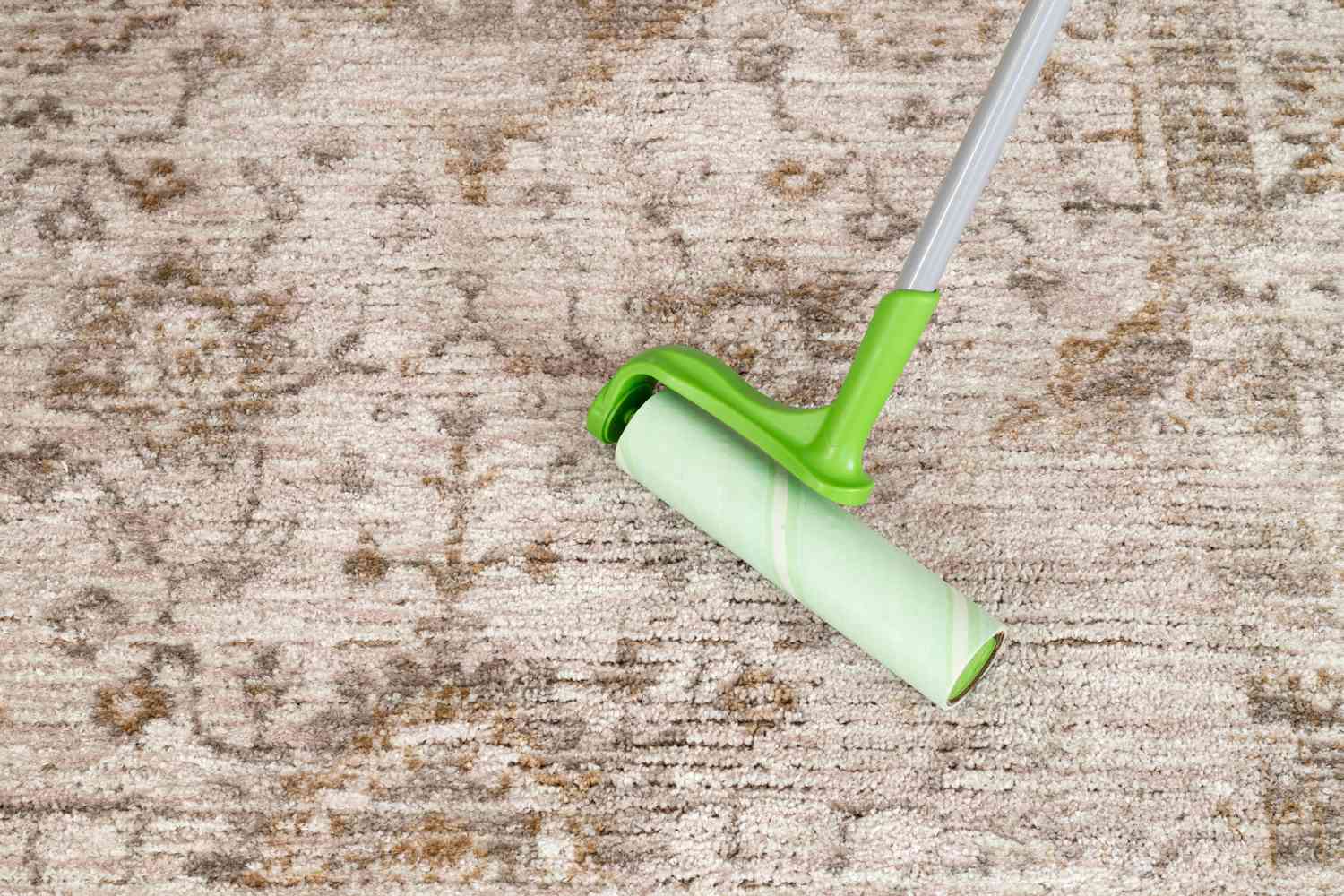
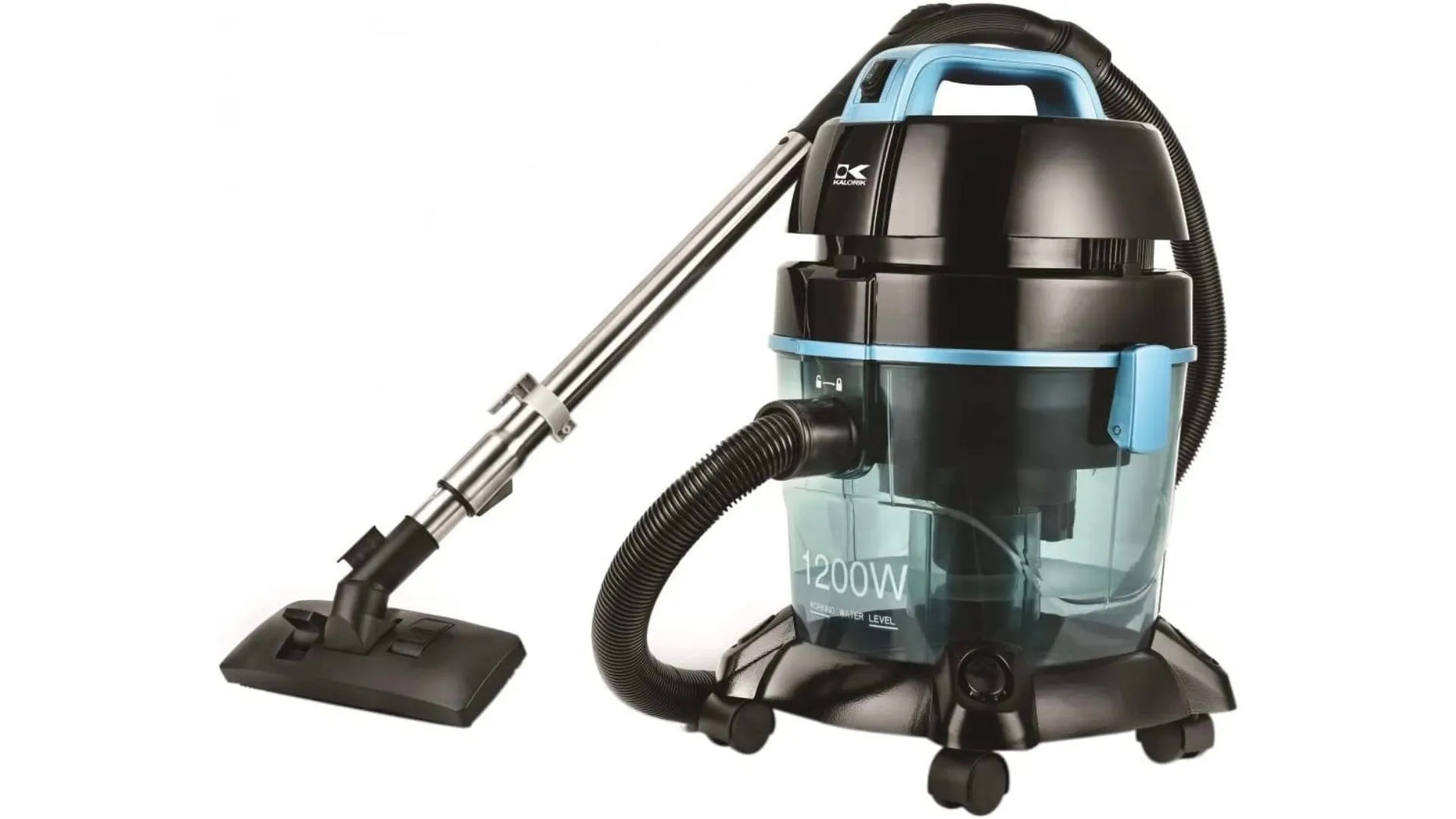
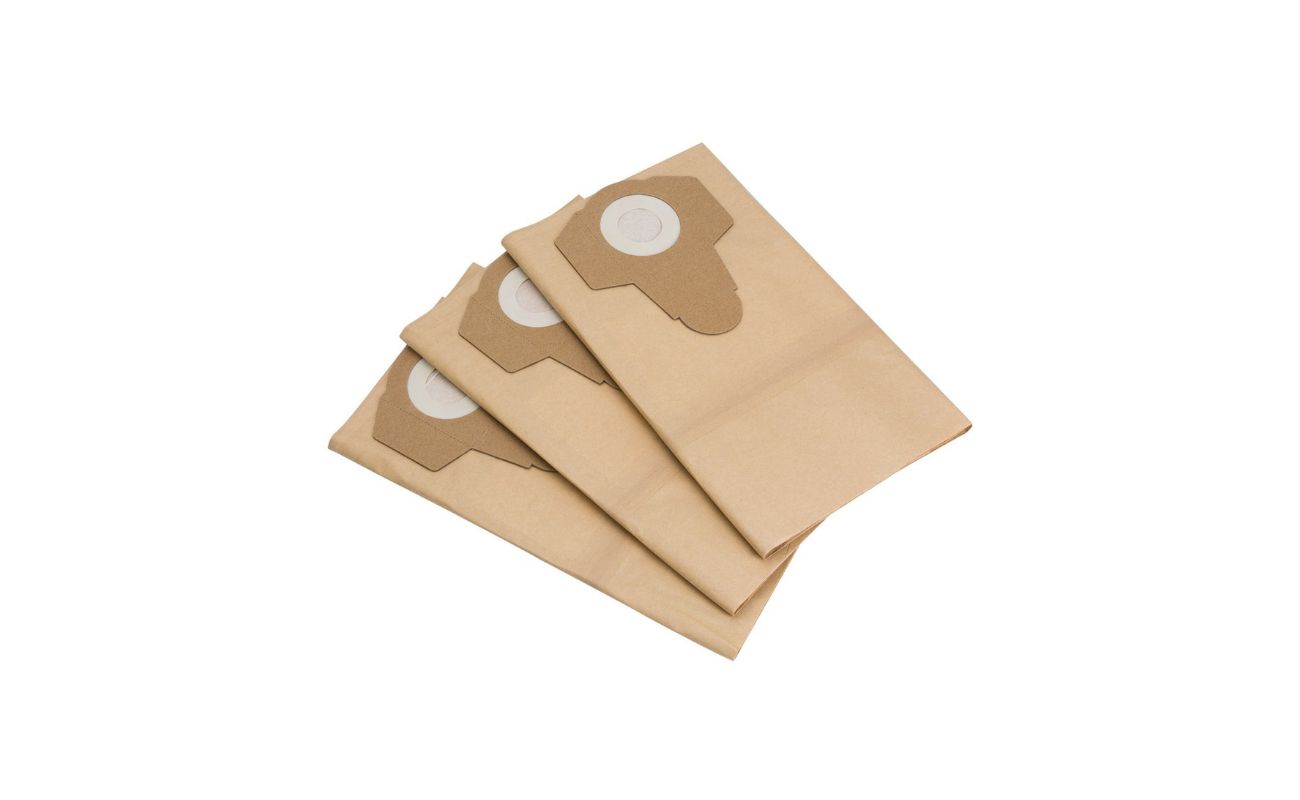
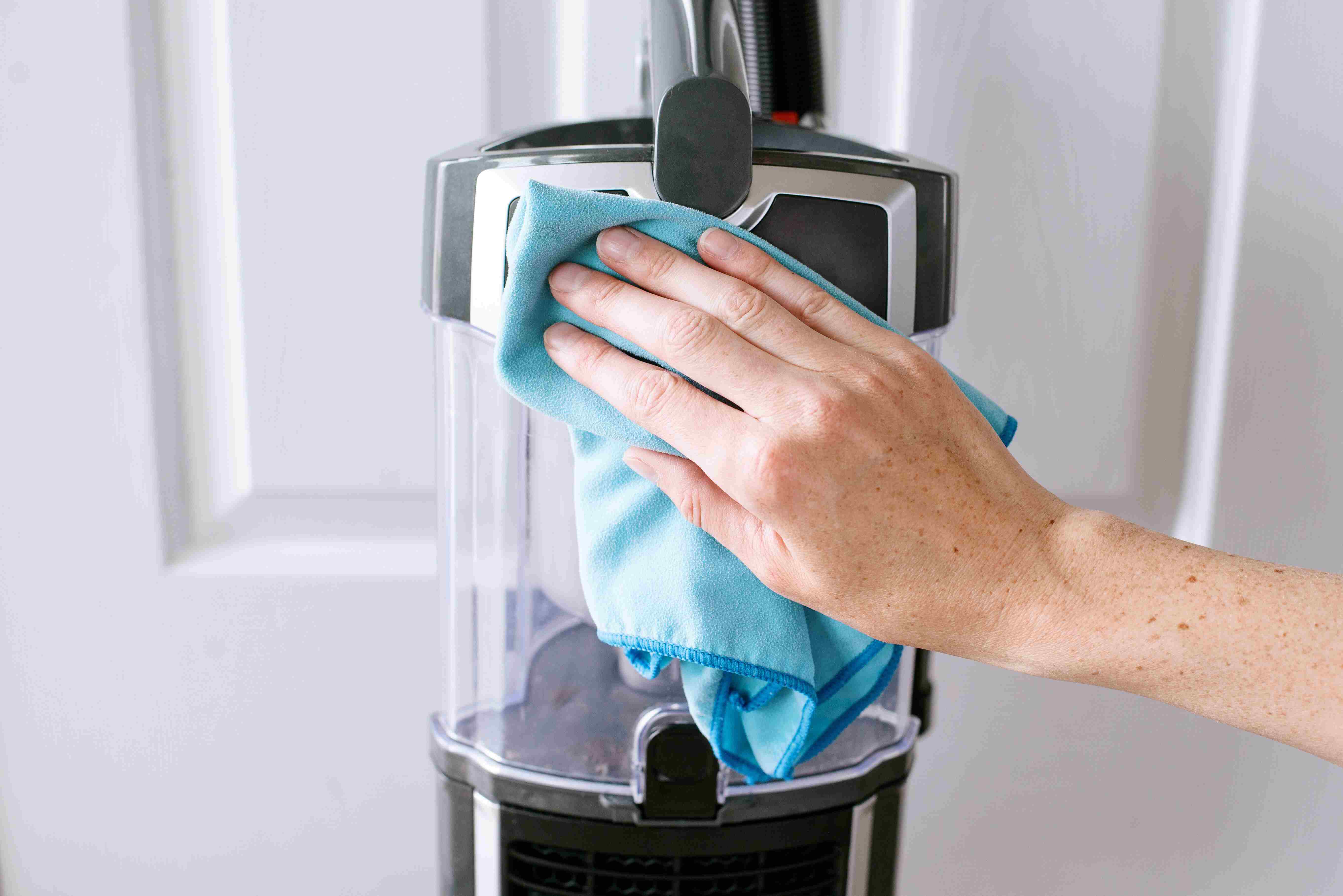
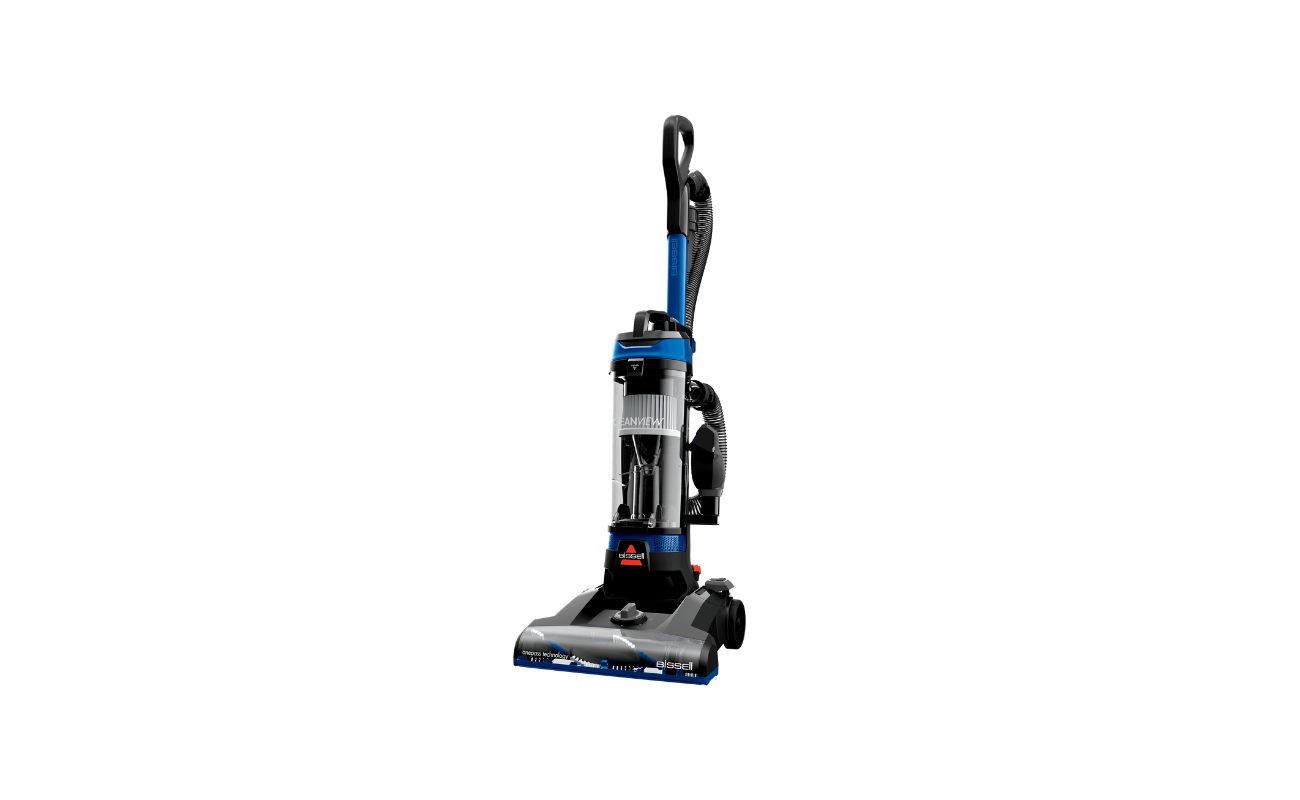
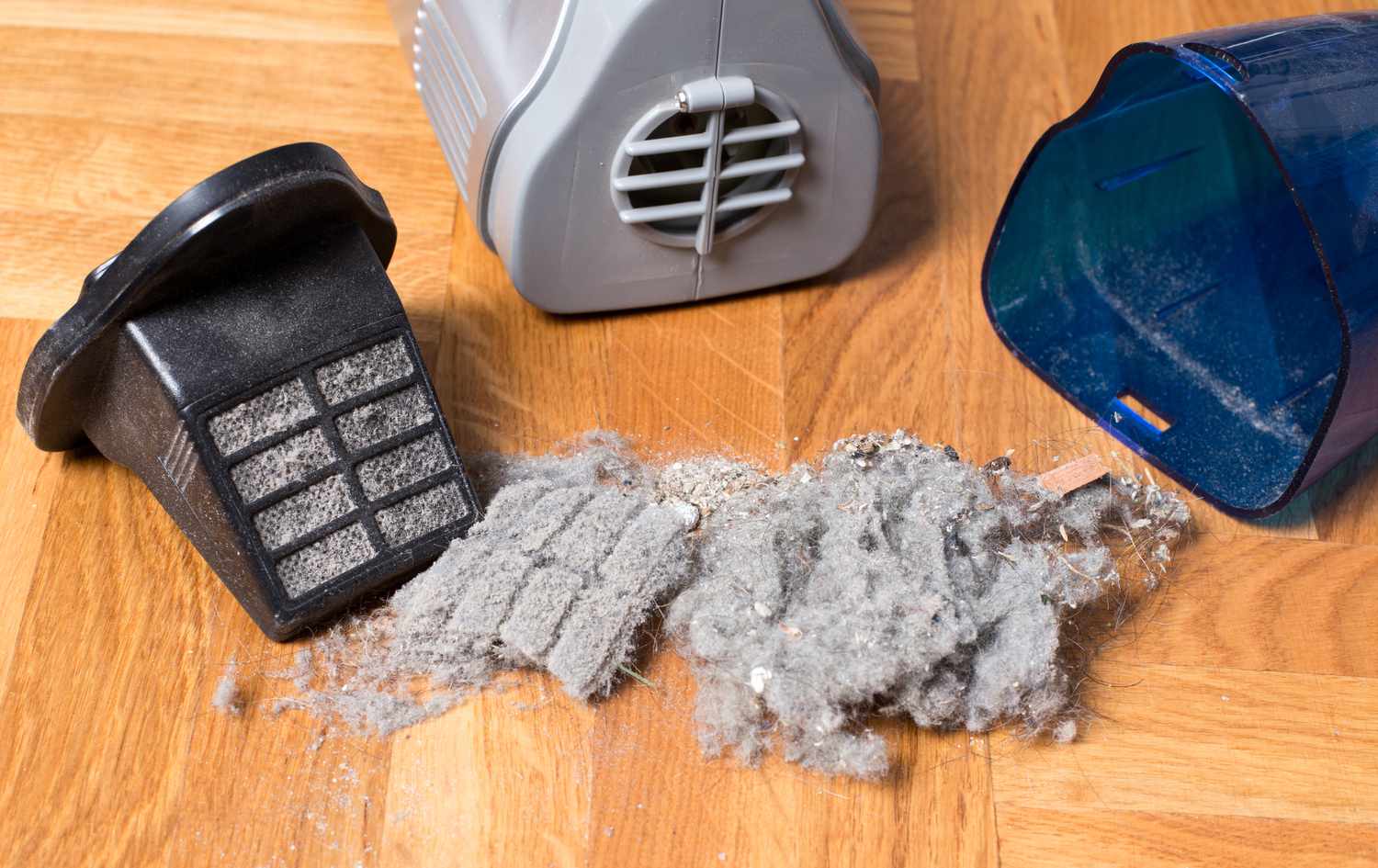
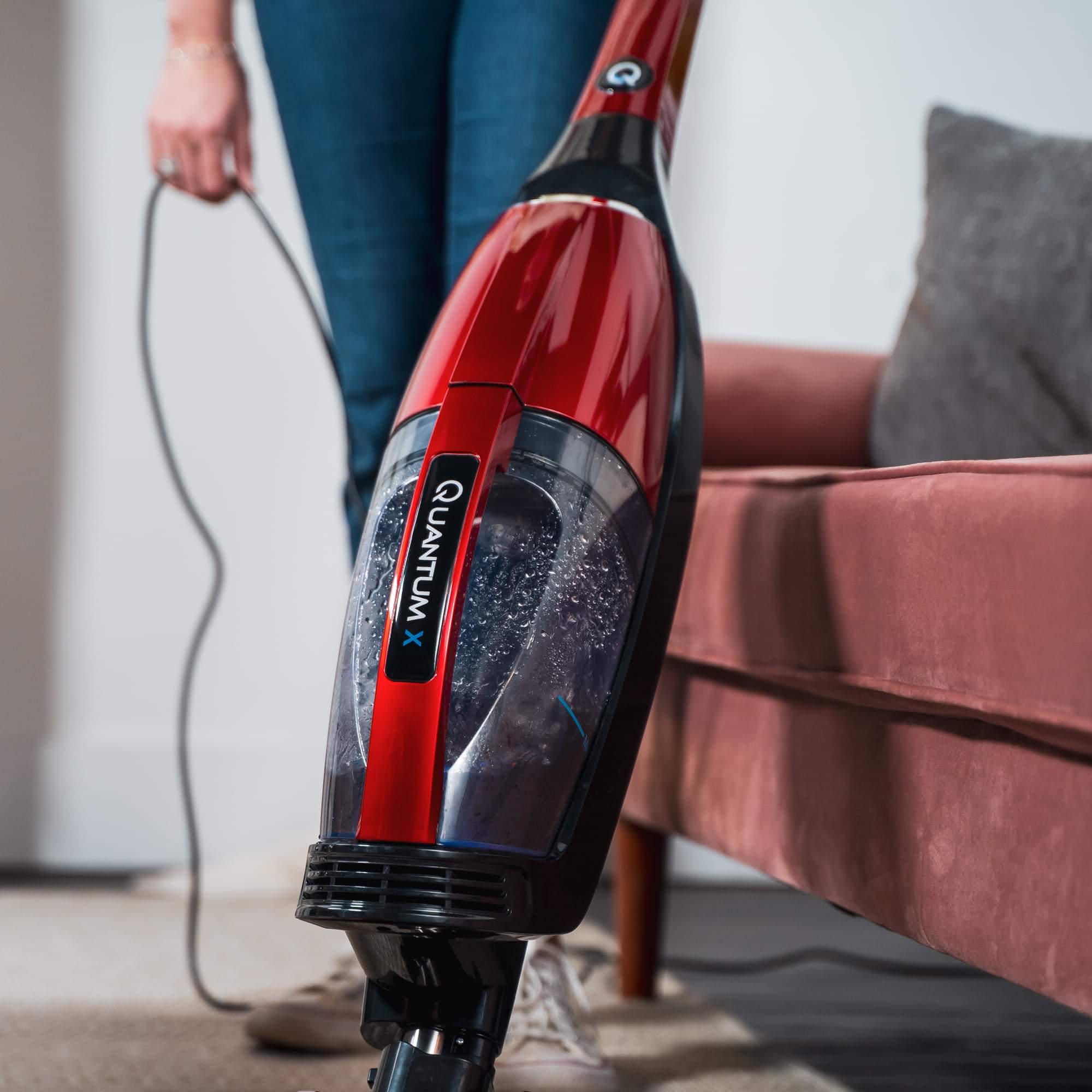
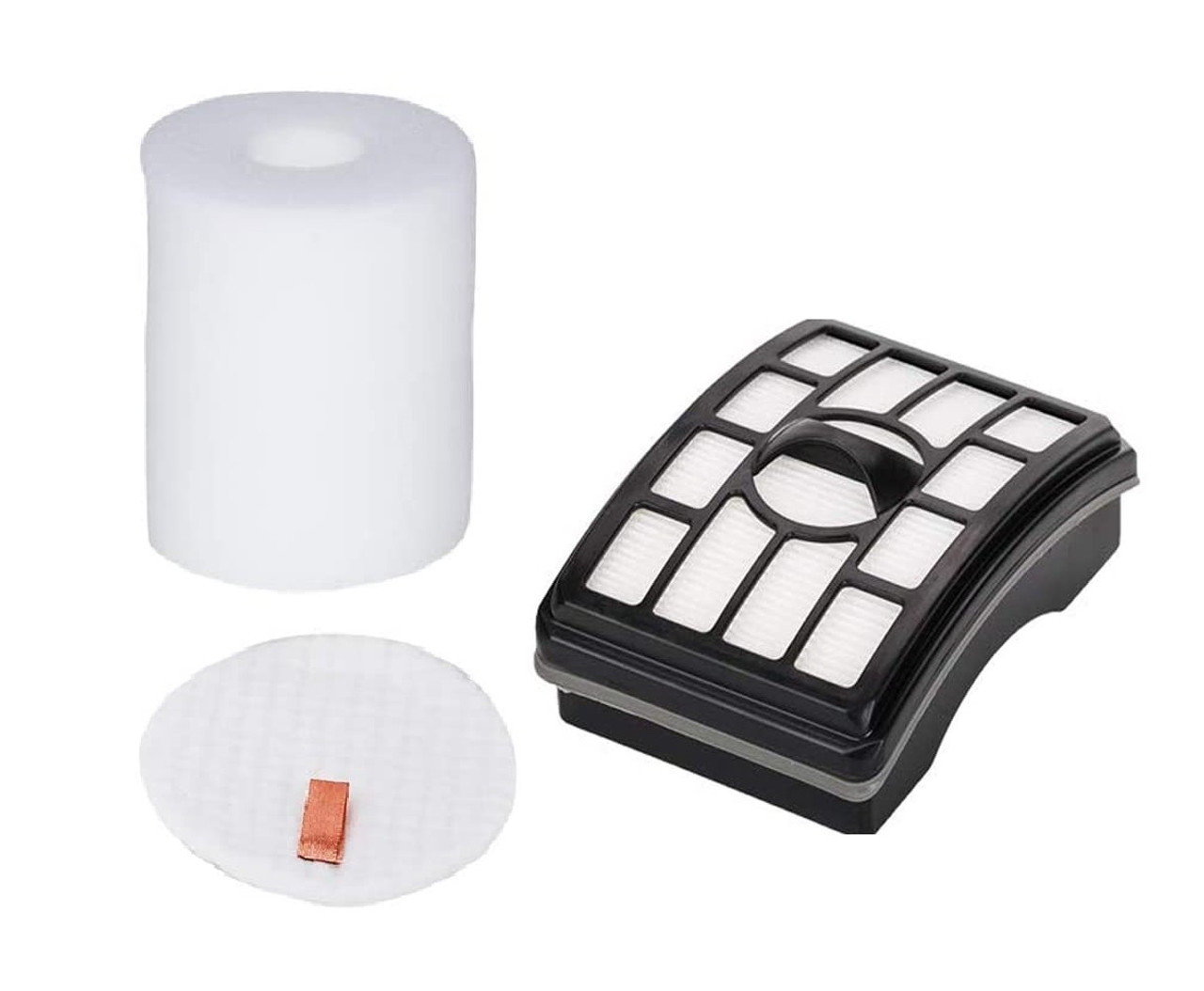
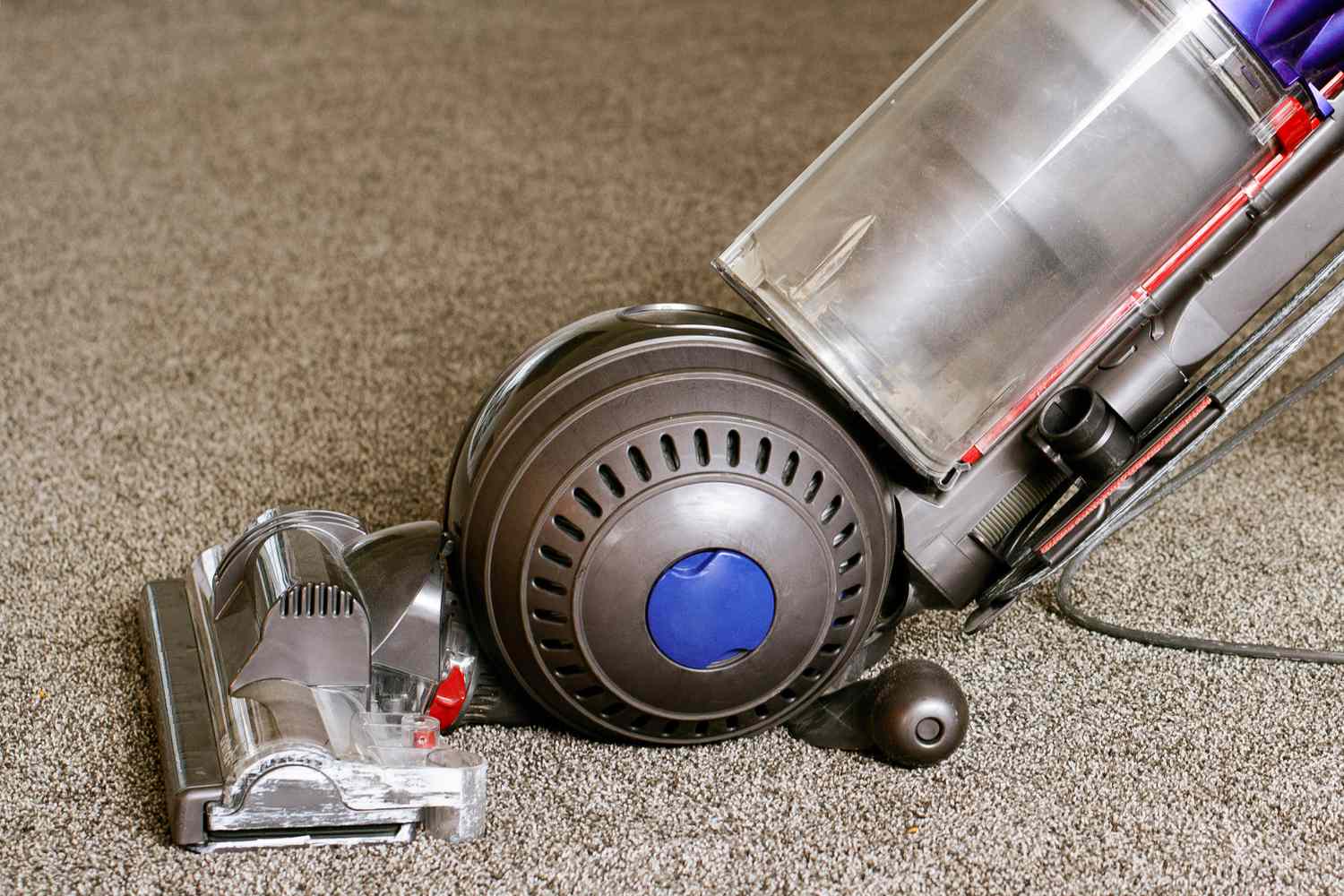
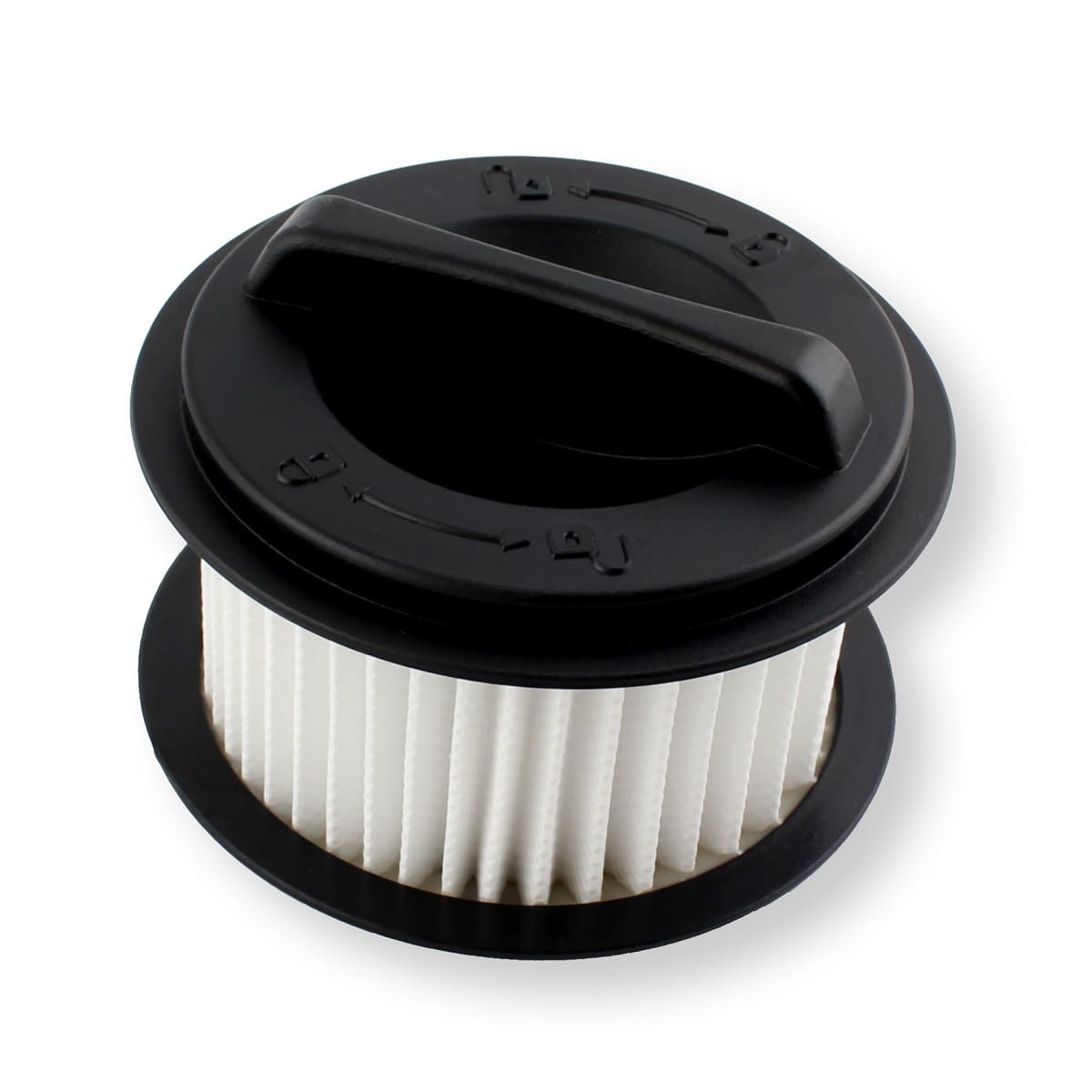
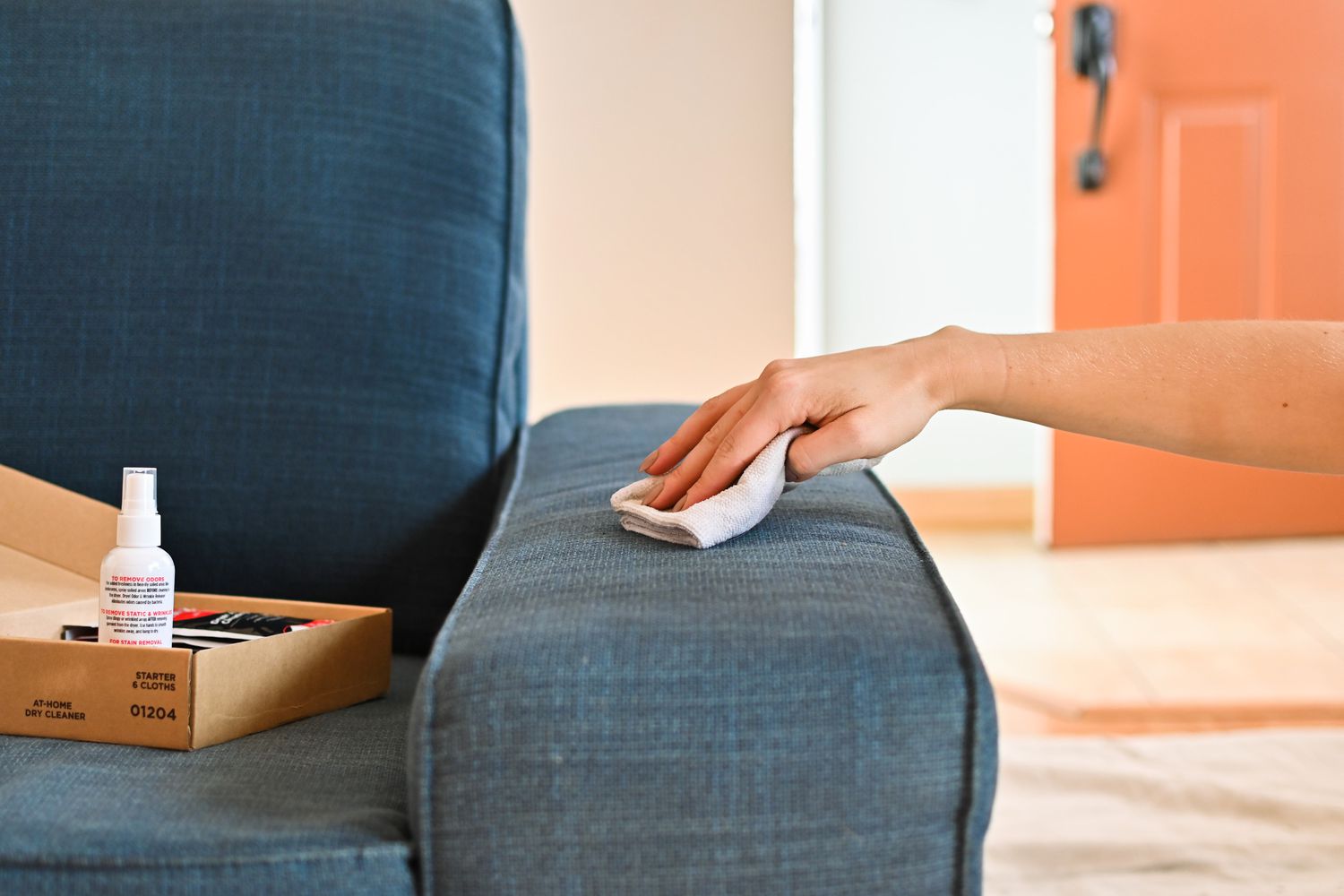
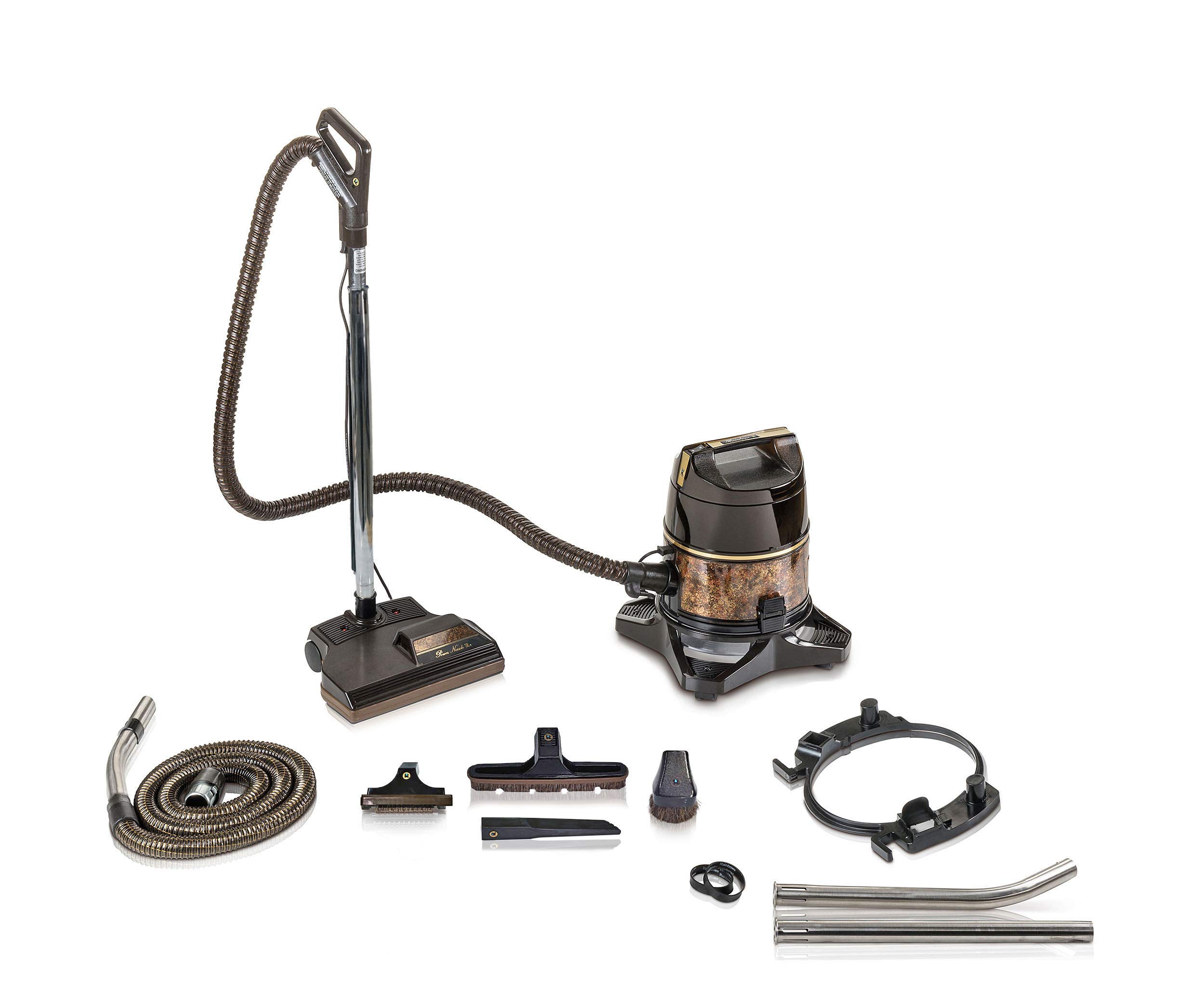
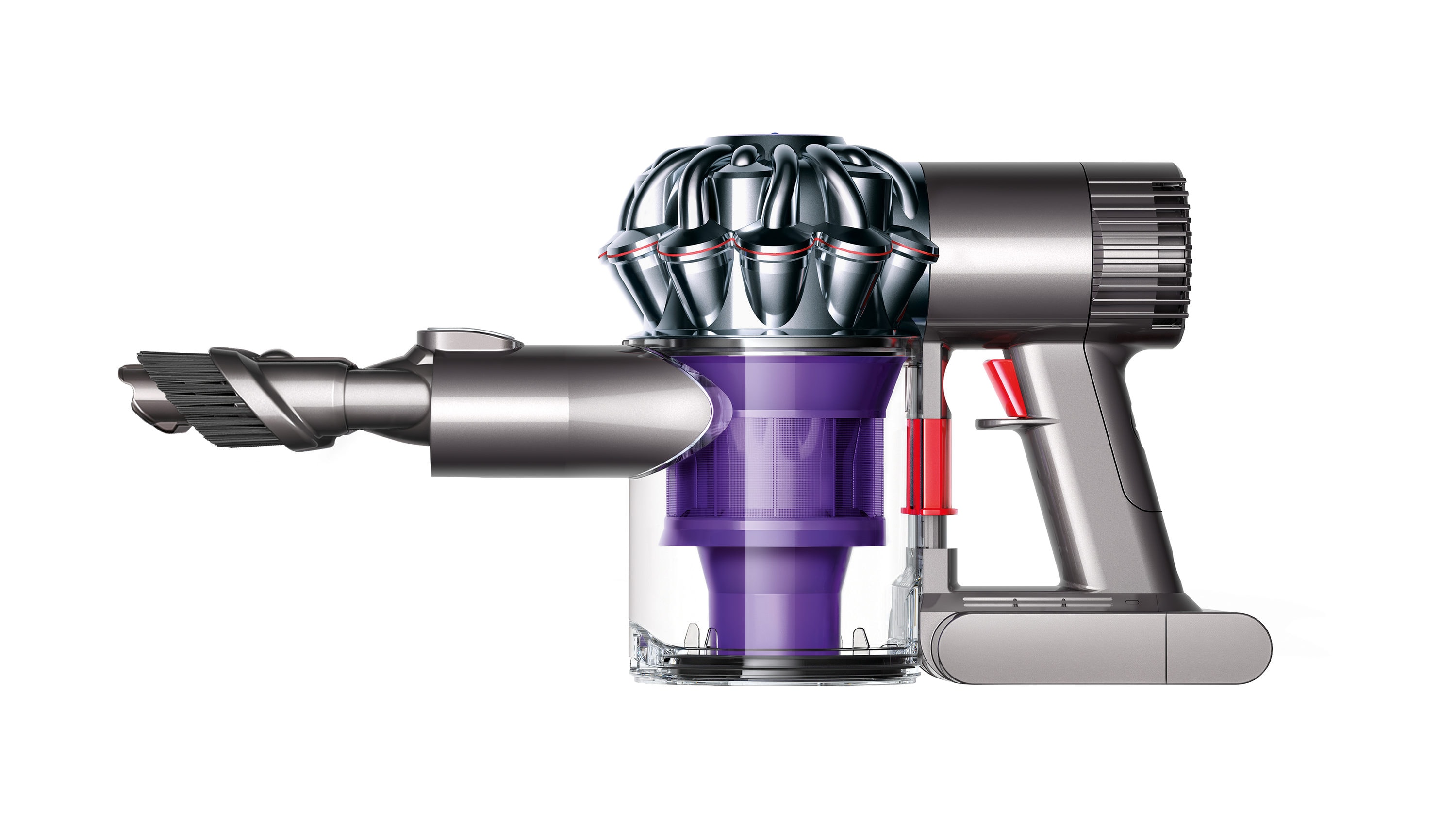

0 thoughts on “How To Clean Vacuum Cleaner Filter”